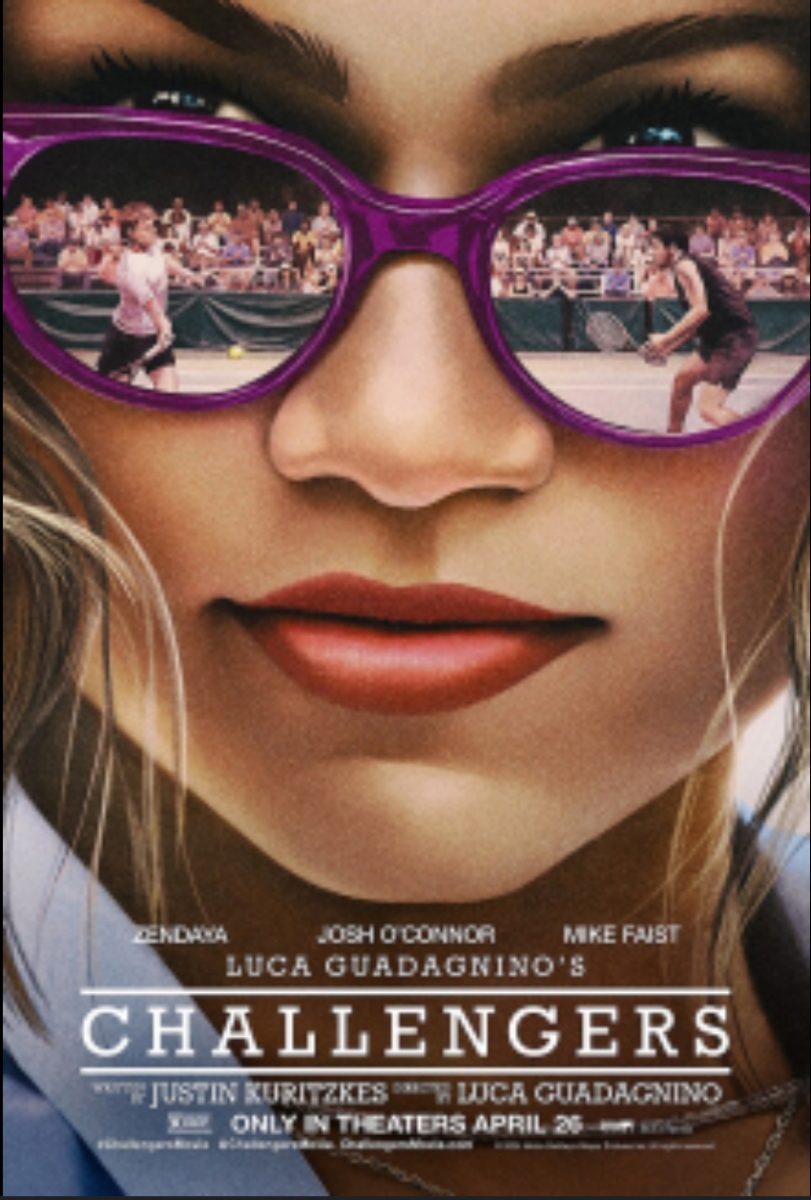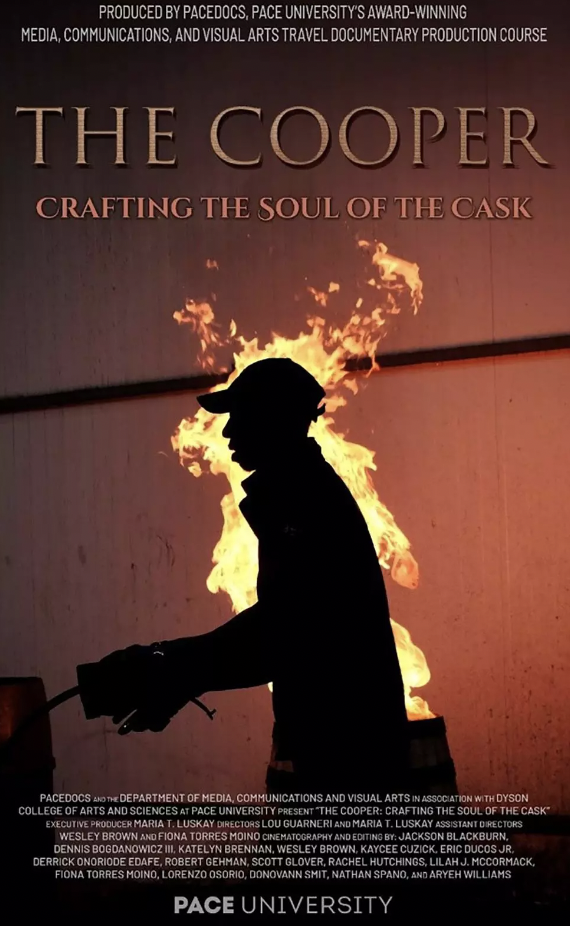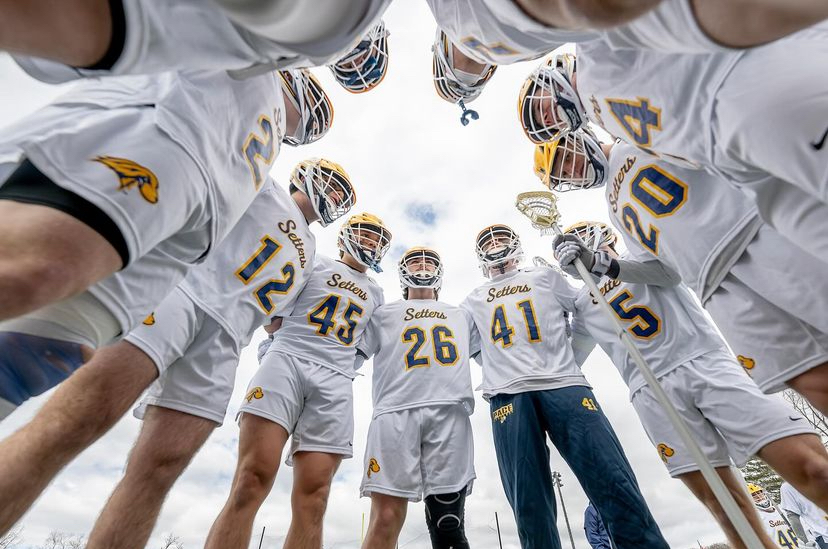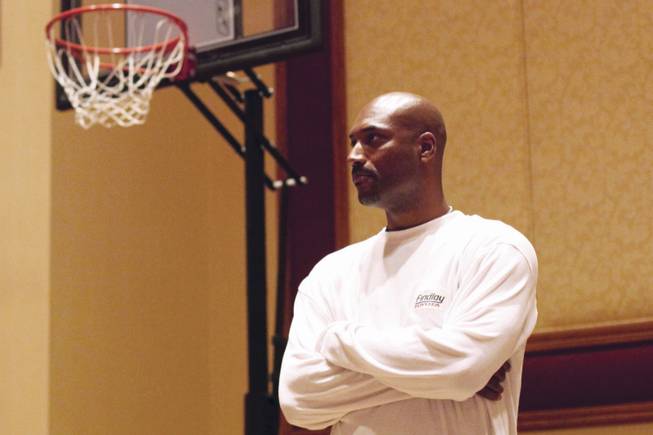Anyone who walks into Goldstein Fitness Center sees the walls covered with captivating images of student athletes in action. If the NCAA loses an upcoming lawsuit, athletes from Pace to Notre Dame could receive compensation for the school marketing their image.
Former UCLA basketball player Ed O’Bannon has recently acquired the backing of NBA Hall of Fame players Bill Russell and Oscar Robertson in his lawsuit against the NCAA. If O’Bannon wins, schools could be forced to pay the student athletes a part of their profits.
Senior criminal justice major Lamar Francis has been a football player at Pace for the duration of his four years. Included in the torrent of paperwork Francis had to sign as a freshman was form 08-3a; every student who has played any sport at Pace had to sign this particular form in order to be eligible to play at all.
“Yeah I signed that form,” Francis said. “That was one of the few forms that I remember signing when I came to play for Pace.”
The heavily disputed section IV of form 08-3a directly states that by signing the form students authorize the NCAA (or subsequent third party like EA Sports) to utilize an athlete’s likeness for promotional purposes.
O’Bannon’s lawsuit primarily argues that if it were not for the NCAA’s form he could have sought compensation for being a student athlete from a third party.
Even though O’Bannon is the primary name filing the lawsuit, few remember that he was a forward on UCLA’s 1995 championship winning team. Students like Francis primarily identify 11-time NBA champion Bill Russell and Hall of Fame guard Oscar Robertson as the most noteworthy names of the lawsuit.
“Because of the additional notoriety of Russell and Robertson the conversation has changed from a friendly debate to a legal argument,” Francis said.
Even with Robertson and Russell on the docket, O’Bannon’s lawsuit has only just begun. The suit was first filled in 2009 and the most recent development of the case, prior to Russell and Robertson joining in, was in 2010.
According to sbnation.com, a judge ruled against the NCAA’s motion for a summary judgment in 2010. The case will go to court and the NCAA will have to turn over documents revealing how much money student athletes bring the organization.
With the debate officially underway, students like Francis make their cases for whether or not student athletes should be compensated for playing.
“Ideally I would say the money of the collegiate athlete should be scholarship based,” Francis said. “But, seeing how much money people are making off of collegiate sports, it would only be fair if the athletes got their rightful due.”
According to the NCAA’s revenue breakdown that is posted on NCAA.org, 81 percent of the organization’s revenue was due to television and marketing rights fees. The breakdown reveals that the NCAA made most of its money off of the marketing of student athletes like sophomore communications major Samantha Clarke.
Still, Clarke thinks that student athletes who receive scholarship money from their schools should not get paid because of the other benefits they receive.
“I do not believe that student athletes that get scholarships should be compensated additionally,” Clarke said. “I feel this way because schools that aren’t Division-I are not on TV and the athletes are playing their sport because it is something they want to do.”
The argument regarding whether or not nineteen-year-olds should be regarded as semiprofessionals or not has taken a greater shape in this generation. Francis sites EA sports mega videogames Madden NFL 13 and NCAA Football 13 utilizing the likenesses of athletes in order to make money.
“NFL players get compensation for being in Madden 13 and college athletes don’t for being in NCAA 13, because NCAA games don’t use players’ names,” Francis said. “But there is no coincidence that Baylor’s quarterback in NCAA 12 runs like a track star.”
Even though student athletes at Pace may not be in videogames, there are certain perks to being an athlete. Clarke said that, as a member of the cheerleading team for more than a year, she gets free textbooks and gets to register for classes earlier than most of her peers.
“I think this whole thing is ridiculous because you go into college expecting not to get paid,” Clarke said. “Also, just because student athletes have talent does not necessarily mean that the NCAA should change their rules for them.”
While athletes that meet the school’s and NCAA’s requirements get rewarded in certain ways, there are infamous cases in which illegal benefits hindered an athletic program for decades.
Back in the mid-70’s and early 80’s, Southern Methodist University established a slush fund to be set aside with the intent of paying their incoming student athletes if they chose to play for them. SMU was given the “death penalty” by the NCAA and shattered the football program at that school for two decades.
One could argue that if the players at SMU were allowed to receive compensation for their play that the small Texas school would have a profitable football program. Francis believes that SMU would still be okay today if the players got paid.
“I think that if athletes got compensated there would be less of a reason for them to accept illegal benefits,” Francis said. “It’s not usually the rich that rob a bank; if college athletes had this kind of money then there would be less pressure on them to accept the illegal benefits.”
The morality of paying athletes who have signed away their rights debate will rampage on like a tornado. And even with Russell and Robertson backing the plaintiffs, Francis does not see a good ending for O’Bannon and his band of basketball brothers.
“I don’t think that they (O’Bannon, Russell, and Robertson) are going to win this lawsuit because Russell and Robertson were not in the age in which videogames utilized their likeness,” Francis said. “But I do think that this case will open the door for someone else down the road to win a case like this.”
The case may fade from the news for a short time, but it will not vanish completely. According to sbnation.com, the trial for O’Bannon and the NCAA is scheduled for Jul. 9, 2014.
Until that date, schools like Pace can plaster their gym’s walls with the pictures of their students without having to pay them a dime; because they are allowed to.




